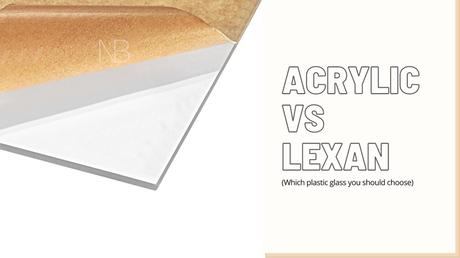
We all perceive metal, wood, and stones as the common building materials in the construction industry. But the building and construction industry is evolving with time. New materials having broader functionality and distinct advantages over the traditional building elements are continuously introduced in the construction industry. The materials that offer a clear edge on flexibility, cost, and energy conservation are taking over the conventional building element. One such multi-purpose material is "Plastic Glass".
Glass has always been a primary constituent of windows and doors. But its utility in the construction industry has soared up with the manufacture of better, more durable glass. Now plastic glass is used in roofing, insulation, wall coverings, flooring, interior décor, etc. In fact, in every part of commercial and residential construction you can think of.
We will discuss the details about plastic glasses here. Let's get going.
What is plastic glass?
As the name suggests, plastic glass is composed of plastic materials. It is manufactured through the polymerization of methyl methacrylate. The material is actually plastic, but the transparency and clarity of transparent plastic make it a great alternative to glass. Moreover, it is many times stronger than glass which is a reason why it is so widely in use in the construction industry.
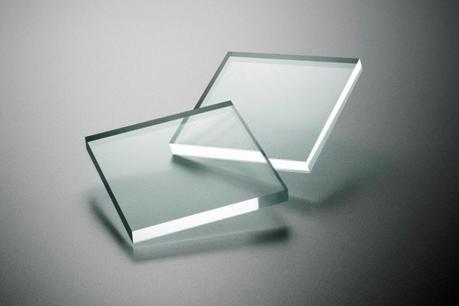
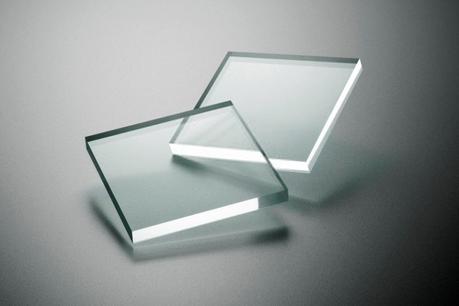
The plastic glass comes in a wide variety. The most commonly used clear plastics in the construction industry are acrylic (or plexiglass) and lexan (or polycarbonate). So we will consider these two here.
In this article, we'll do a quick comparison between acrylic vs lexan glass, and you can see which one is a better option for your next construction project and why. Read this Guide to know plexiglass vs laxen glass comparison in depth.
What is Acrylic glass?
Acrylic or plexiglass is basically a plastic, polymethyl methacrylate (PMMA). It is known for its transparency, glossy finish, and glass-like feel. But it is much stronger than ordinary glass. It is shatter-proof as well as scratch-resistant that's why it is so extensively used in the construction industry after cutting plexiglass sheets to size. Even the tiny decor items are now made of acrylic to prevent breakage and loss.
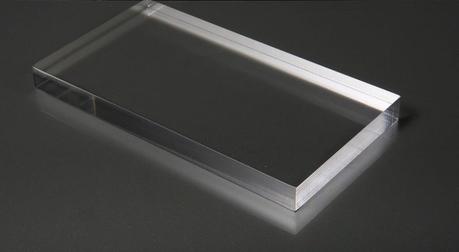
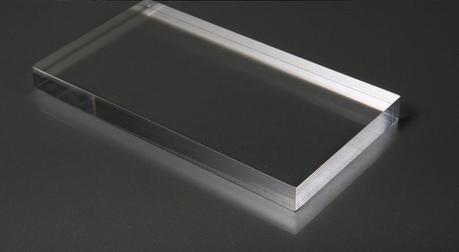
Properties of Acrylic/Plexiglass
In the acrylic vs lexan comparison, here's the second step. We will discuss the major characteristics of lexan now.
- Scratch Resistance: Plexiglass is immune to scratches; thus, it's a great pick to deliver a plush feel.
- Optical Clarity: Acrylic glass boasts high transparency and optical clarity. However, with time, it loses its transparency which can be restored by using some simple methods.
- Impact Resistance: Plexiglass is 17 times stronger than glass so it is a sturdy choice to be used in place of glass.
- Versatility: Name a color, and plexiglass would be available in it. You can get patterned, textured, and frosted acrylic as well. Acrylic comes in a wide variety of styles to suit your individual project requirements.
- UV Resistance: Acrylic glass filters out harmful radiations of the sun.
- Customizability: These days, personalization is cherished big time and acrylic can easily be thermoformed. So it's a great material for building customized products.
- Recyclable: There is great emphasis on the use of eco-friendly products these days and acrylic is recyclable.
Applications of Acrylic/Plexiglass
Although plexiglass finds its applications in almost every field of life, however, some major areas where acrylic has taken over glass are as follows.
- Acrylic is used in windows to filter UV rays.
- Due to its optical clarity, it is used in commercial display units.
- Plexiglass is strong and therefore used in fish tanks and aquariums.
- Animal enclosures are usually made up of acrylic as it is impact resistant.
- Light fixtures and diffusing panels are made up of plexiglass as it allows 92% light transmittance.
- Its versatility and easy customization make it a preferred choice for DIY projects.
What is Lexan?
Lexan or polycarbonate also belongs to the family of clear plastics. It is a thermoplastic material with two carbonate groups in its chemical structure. Lexan is distinguished for its high optical clarity and durability.
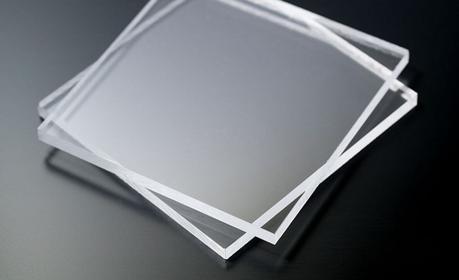
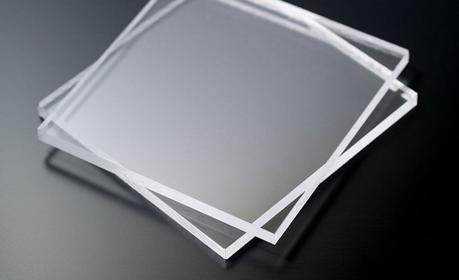
Properties of Lexan
Some characteristics of polycarbonate that justify its wide use in the construction industry are as follows.
- Impact Resistance: Lexan can take hard impacts without breaking so you can effectively employ it in places where high security and safety level is desirable. It is a whopping 250 times more impact resistant to ordinary glass. Thus, an ideal substitute for glass in terms of strength and durability.
- Transparency: Polycarbonate is translucent and clear material. Its clarity fades away with time, and it's quite difficult to restore lexan to its initial transparency.
- Color Choices: For polycarbonate, you will get limited color choices. It is mostly available in clear and white.
- Low Flammability: Polycarbonate effectively guards against fire disasters due to its low flammability.
- Low UV Resistance: Although polycarbonate filters the UV radiations but ends up losing its color in doing so. Hence a bad choice against UV rays.
- Immunity to Chips and Cracks: Lexan is a sturdy material and resistant to small chips and cracks at the corners.
- Electrical Insulation: It is a good insulator of electricity. So safe to be used in places where electrical insulation is required.
Applications of Lexan
Lexan is a tough material that has applications in the following areas:
- Its sturdiness makes it a priority to be used in bullet-resistant windows and doors
- Car windows are made of lexan to resist hard impact and ensure high safety value.
- Lexan is used in making reusable drinking bottles
- Electronic gadgets screens are composed of lexan to avoid breakage and ensure high optical clarity.
- It is used in protective guards in industries where high temperatures and strong chemicals are used.
Acrylic vs Lexan - the cost difference
Acrylic and lexan are similar in many ways. They both are stronger than glass; however, polycarbonate is an extra 3 times stronger than acrylic. Similarly, they both have a glass-like transparent appearance, but polycarbonate loses its clarity with time. Likewise, in other departments too, lexan and plexiglass resemble while differing at the same time.
However, in the department of cost-effectiveness, acrylic takes the lead. Even though both acrylic and polycarbonate is a cost-effective choice over the glass, acrylic costs 35% less as compared to polycarbonate.
Acrylic vs Lexan - which one to choose?
Plastic glass is a booming industry and a rising trend.
Acrylic and lexan both are great inventions of advanced technology. They both make a great alternative to glass and are widely used in home interiors, exteriors, building, and the construction industry. However, the final pick between plexiglass or lexan depends entirely on your project requirements. If you are going to make a room lamp, plexiglass will fit well. However, in case you want to replace the windshield of your car, go for a lexan. It all comes down to your individual requirements.
Here's a quick visual of the key differences between acrylic and lexan plastic glass:
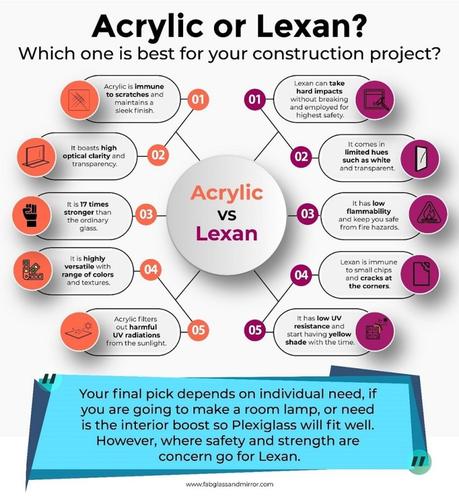
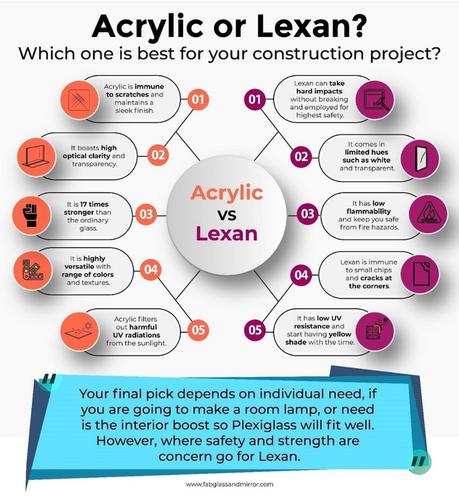
To wrap up...
Now that we have penned down the difference between acrylic and polycarbonate, we hope that making the right choice would have become easier for you. Employ these remarkable products in your next projects and enjoy the perks of strength!
Featured image by Unique Bargains from Walmart
